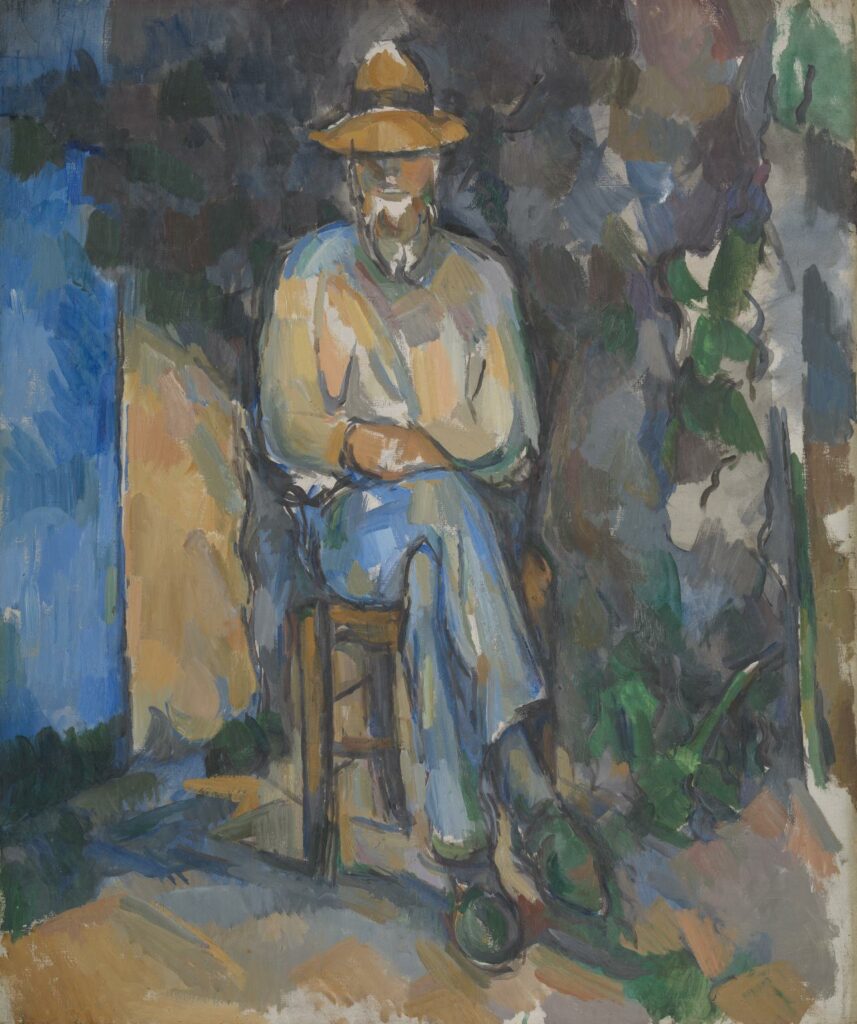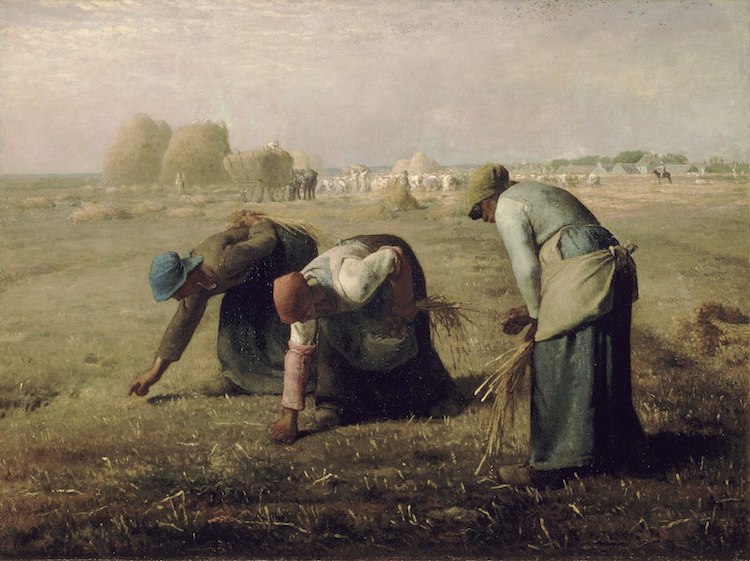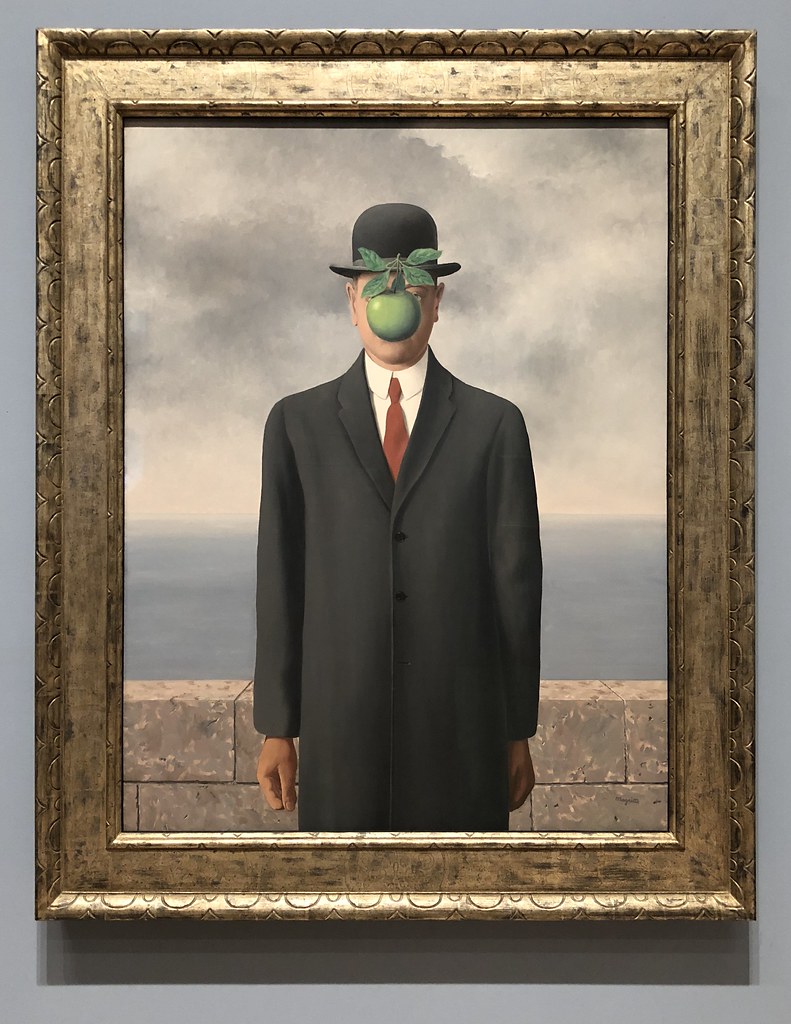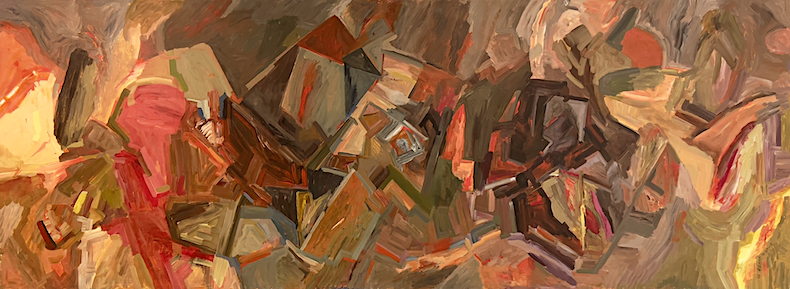Art, like beauty, is often in the eye of the beholder. However, art criticism delves deeper than subjective opinion. It’s a rich discourse steeped in history that unravels layers of meaning and context behind each piece of art.
You’ve likely heard about movements like Formalism, Realism, Surrealism, Postmodernism—and even Feminist Critique—but do you know how they have shaped our understanding and evaluation of art? Throughout this article, we’ll journey through these historical perspectives in art critique.
We’ll explore how each movement examines different aspects, from aesthetics to social-political contexts or subconscious dreams. You’ll discover how traditional notions of art were challenged and understand the impact of gender and power dynamics on it.
So buckle up – whether you’re an artist seeking insights or an enthusiast eager to deepen your art appreciation, this exploration promises a fascinating ride!
Formalism: Analyzing the Aesthetics of Art

The Gardener Vallier c.1906 Paul Cezanne 1839-1906 Bequeathed by C. Frank Stoop 1933 http://www.tate.org.uk/art/work/N04724 / Via Wikimedia Commons
You’ll find that formalism, focusing on analyzing art aesthetics, is a stark departure from the striking and multi-genre style of Diderot’s ‘Salons’. Instead, it heavily emphasizes an artwork’s visual elements and design principles.
You’re looking at color, line, shape, and texture—dissecting the piece into these essential components. It’s about how these elements interact to create harmony or tension. The artist’s message? That doesn’t matter here. Formalists don’t delve into historical context or symbolism either—it’s all eyes on the aesthetic plane.
While this might seem limiting, it can offer a fresh perspective that allows you to appreciate art for its pure visual appeal, stripped of any narrative or thematic baggage.
Realism: Reflecting the Socio-Political Context

Jean-François Millet, “The Gleaners” (1857) (Photo: Google Arts & Culture via Wikimedia Commons Public Domain)
Let’s dive into the period of Realism, where art critics began to reflect the socio-political context of their time in their writings.
During this era, critics looked hard at society and its ills, using art as a mirror to shed light on pressing social issues.
Art criticism evolved from simply appreciating form and aesthetics to engaging with what the artwork represented in its broader context.
Critics like John Ruskin and Charles Baudelaire led this charge, examining how artists depicted the realities of life around them.
They viewed art as a powerful tool for societal discourse—highlighting poverty, class struggle, and other social concerns through vivid realism.
This shift marked a significant evolution in art critique.
Surrealism: Exploring the Subconscious and Dreams

The Son of Man”, by the Belgian surrealist Rene Magritte (1898-1967)
Surrealism took the cake when it came to shaking up the art world, as critics began delving into the subconscious and dreams. This starkly differed from their previous focus on reality and societal issues. Unlike realists who painted what they saw, surrealists portrayed what they felt. They aimed to shock viewers out of complacency by unveiling hidden desires and fears.
Instead of rational explanations, you find an odd fusion of dreams, fantasies, and irrationality in their works. Critics had a field day dissecting these dreamscapes – after all, it’s not every day you get to interpret melting clocks or elephant-legged beasts!
So embrace your inner Freud: delve deep into those hidden meanings and let surrealism challenge your perception of reality.
Postmodernism: Challenging Traditional Notions of Art

Anti-war artwork by Ib Benoh. End of a World 2003 -2004. Acrylic on canvas. / via Wikimedia Commons
In its audacious form, postmodernism outrightly defies the conventional norms of art and aesthetics. It’s a movement that challenges your traditional understanding of what constitutes ‘art,’ pushing you to question established boundaries.
Your perception of beauty and meaning is examined as postmodern artists play with irony, parody, and pastiche. They blur the lines between high and popular cultures, forcing you to reevaluate their separation.
This isn’t just about new techniques or styles; it’s a fundamental shift in philosophy. Postmodernism breaks away from modernist ideals of originality and elitism, embracing instead an inclusive approach that values diversity and multiplicity.




